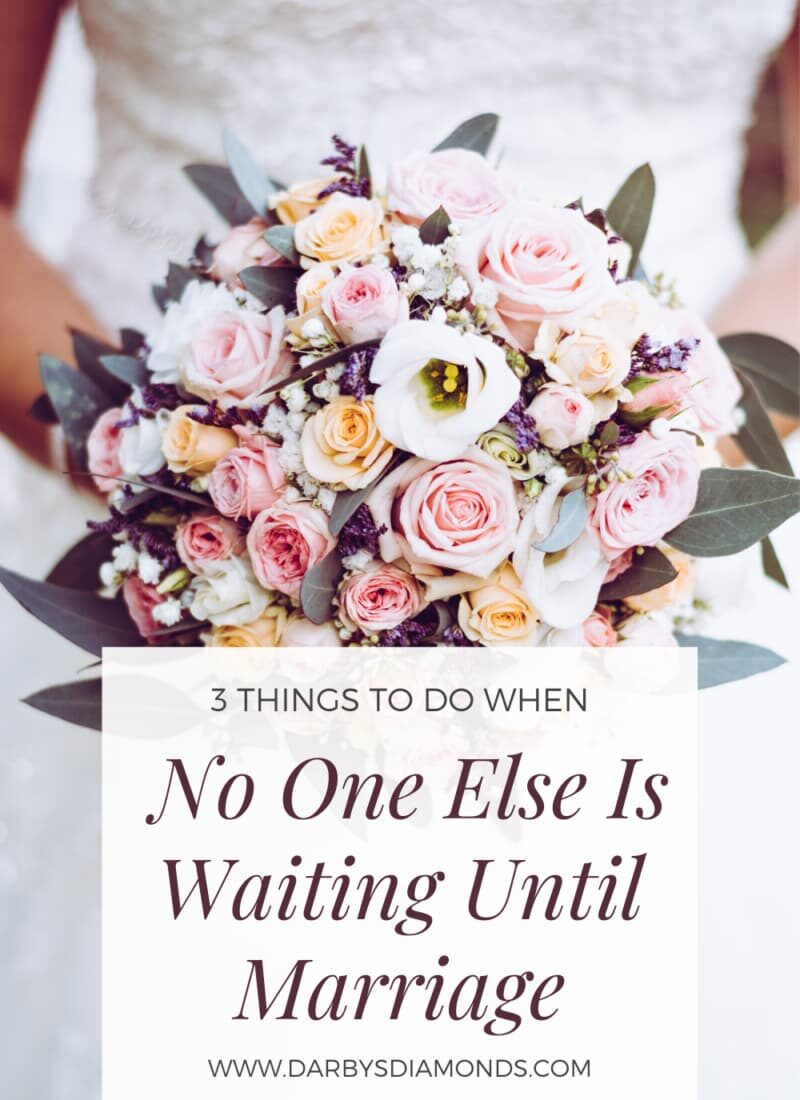The body positivity movement is ever strengthening and growing, and it’s great. There is a consistent influx of Instagrammers who promote themselves as Body Positive users. Fashion Weeks are even growing increasingly diverse in their inclusion of various body types. This is all well and good, it’s a fantastic move in the right direction even. But what many body positive people use as their mantra or positive affirmation falls along the lines of,
“Your body is so strong. Love the stomach that enjoys yummy food, the legs that carry you far, the heart that beats with life.”
This is a nice sentiment, especially when we are talking about body size positivity. But what about those of us with invisible illness? You can’t see our struggles, our disabilities, our ailments, our pain, but it’s still there. And sometimes hearing well-intentioned phrases such as this one stings. How do you practice body positivity with invisible illness?
Realities of Invisible Illness
My stomach revolts and dispels of a lot of food, for seemingly no rhyme or reason. I never know when that yummy food will result in a pleasant afternoon or one spent doubled over in pain and sickness. My legs do carry me, but because of Chronic Fatigue Syndrome, the rest of me can’t always keep up and instead I find myself curled up in a ball in bed. Anxiety and depression accompany me as lovely comorbid disorders. My heart does beat with life, but an invisible heart condition means I monitor my heart rate throughout the day.
Sometimes, I have to sit down when my friends and classmates can stand, and can’t participate in regular activities such as the standing, sitting, and kneeling practices in a Catholic mass. I’m missing 3 organs, I have to take daily medication at the exact same time everyday or risk symptom flare-ups, I’m constantly exhausted, I have a very weak immune system, and for the most part, people don’t know these things about me. This doesn’t even cover all of my conditions or symptoms!
My body has failed me, I think I’ve been sick just as much as I’ve been healthy in my life, and the reality is with several chronic illnesses and autoimmune diseases, I’m never really 100% healthy. I can’t necessarily replace negative body image thoughts with “But I have such a strong body!” because I don’t. I constantly have to consider the impact of different activities on my body and how I’ll have to recover and recuperate after it. I have to consider how to explain to my friends or family that no, I’m not lazy and I’m not a party pooper, I just can’t keep up.
How to Practice Body Positivity with Invisible Illness
So how do you reconcile body positivity with invisible illness? It’s not cut and dry, that’s for sure. There’s the psychological component to invisible illness, too. Many of us suffer from depression and/or anxiety in addition to our other conditions. I don’t want to say that the only thing I’m thankful for in terms of my body is still being alive, but sometimes that’s what I focus on.
As much as my body fails or breaks down, it fights and doesn’t give up. A lot of times I really struggle to see this. Catching the common cold knocks me down for several weeks. After, I inevitably have a pity party at some point about my weakened immune system and “stupid body.” In these moments, I try to catch myself and re-orient my thinking. My body isn’t stupid, and neither is yours. Our bodies are fighting, against all odds, to keep on surviving every day. Our brains are fighting to keep pushing through pain, brain fog, fatigue, and the nagging voice in our heads that wonders if we’re just dramatic or have made it all up.
Be kind to yourself. Maybe you can’t muster really positive thoughts about your body, but you can limit the negativity towards it. That’s body positivity, too.
Have patience with yourself. Maybe you can’t make it on that 5 mile hike with your friends and you’re angry for letting them down. Praise yourself for knowing your limits and protecting yourself.
Listen to your body. Perhaps this means taking extra naps, saying “no” to overtime opportunities, missing that movie premiere, or watching the Bachelor the next day instead of at night when you normally go to bed. This is another way to practice body positivity with invisible illness.
Please don’t mistake me with saying you should never use that type of phrase again–yes, remind everyone of their vitality! But for those of us who have bodies that struggle to function properly, recognize that body positivity might be as simple as not being negative about it. It doesn’t have to be some shouting-from-the-rooftops type of body positivity that we see on Instagram. The quiet, subtle acts of kindness you perform for yourself are just as important and might even be more meaningful for us. Respecting your body and its needs is one of the best ways to be body positive.



